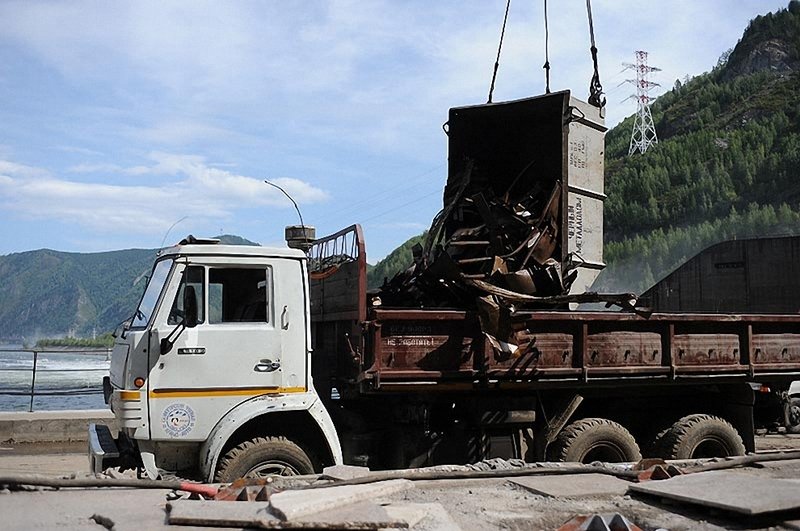|
|
Renovation Work At The Sayan-Shushenskaya GES, Russia
|
In 1957 the Soviet Union launched the world's first artificial satellite, Sputnik 1, thus starting the Space Age. Russian cosmonaut Yuri Gagarin became the first human to orbit the Earth aboard Vostok 1 manned spacecraft on 12 April 1961.
Following the ousting of voluntarist and erratic Khrushchev in 1964, another period of collective rule ensued, until Leonid Brezhnev became the leader. The era of 1970s and the early 1980s was designated later as the Era of Stagnation, a period when the economic growth slowed and social policies became static. The Kosygin reform, aimed into partial decentralization of the Soviet economy and shifting the emphasis from heavy industry and weapons to light industry and consumer goods, was stifled by the conservative Communist leadership.
In 1979 the Soviet forces entered Afghanistan at the request of its communist government. The occupation drained economic resources and dragged on without achieving meaningful political results. Ultimately the Soviet Army was withdrawn from Afghanistan in 1989 because of international opposition, persistent anti-Soviet guerilla warfare (enhanced by the U.S.), and a lack of support from Soviet citizens.
From 1985 onwards, the last Soviet leader Mikhail Gorbachev introduced the policies of glasnost (openness) and perestroika (restructuring) in an attempt to modernize the country and make it more democratic. However, this led to the rise of strong nationalist and separatist movements. Prior to 1991, the Soviet economy was the second largest in the world, but during its last years it was afflicted by shortages of goods in grocery stores, huge budget deficits, and explosive growth in money supply leading to inflation.
|
|









